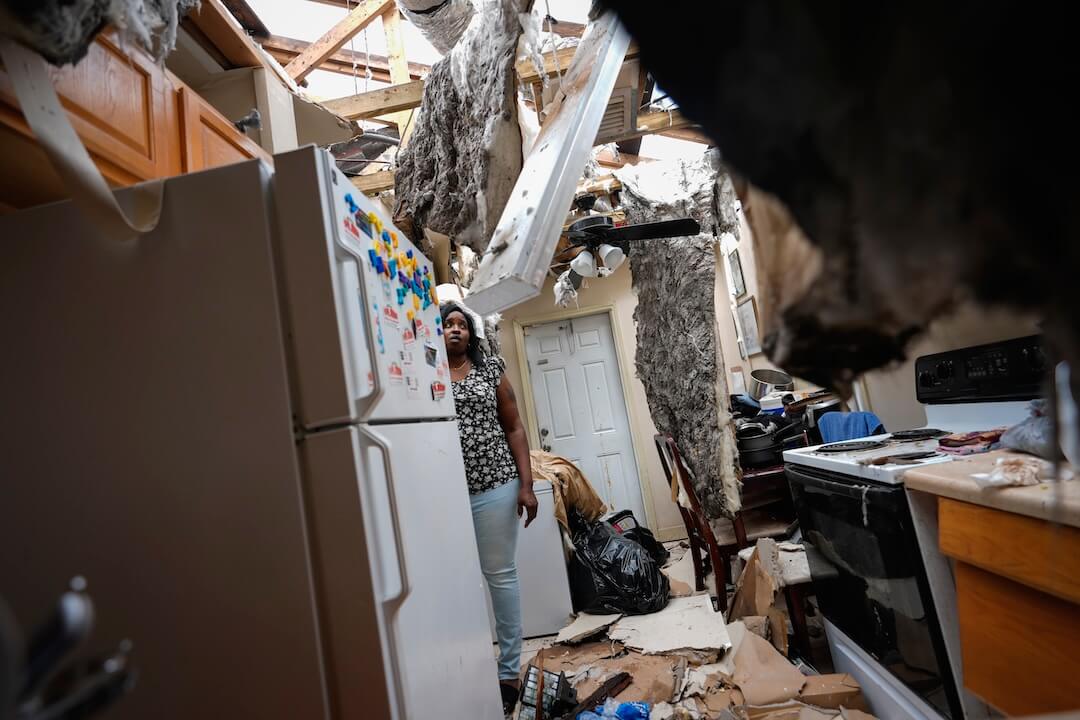The American public thinks journalists are ethically challenged, according to a Gallup Poll. Yet another study shows journalists have highly developed abilities when it comes to moral reasoning. What gives?
First the studies. The American public doesn’t trust reporters. This according to Gallup’s most recent poll rating of perceived honesty among certain professions. Less than 25 percent of the people who responded the survey rated reporters’ ethical standards as high or very high.
This is really nothing new. Frank Newport, the editor-in-chief of The Gallup Poll, points out that journalists have been rated low since his organization began asking this question in 1974.
The numbers have bounced around, all the way down to 16 percent in 2000 and as high as 33 percent in 1976.
But for the most part, according to Newport, the conclusion has been the same: “Americans are suspicious of the news media.”
Other Gallup studies suggest this distrust is greater among people who are politically moderate and conservative, he said.
The Gallup poll stands in contrast to another study that suggests that journalists have higher than average abilities when it comes to moral reasoning.
Journalism professors Renita Coleman of Louisiana State University and Lee Wilkins of the University of Missouri set out to test the moral development of a large group of journalists.
They gathered a sample of 249 reporters from print and broadcast newsrooms across the country, and discovered that journalists look pretty good on Kohlberg’s moral development scale. As a whole, journalists rank fourth among the ranked groups, behind seminarians, physicians, and medical students.
Published in the Autumn, 2004 issue of Journalism and Mass Communications Quarterly, the journal of the AEJMC, the study is not yet available online.
Coleman and Wilkins also found:
- No significant differences between men and women, broadcast and print or managers and non-managers.
- The more autonomy a journalist reported, the higher his or her score.
- The more highly journalists rated the importance of laws and rules, the lower their scores. (Some researchers suggest a strong deference to the law indicates rule obedience, rather than critical thinking.)
- Journalists who do investigative work tend to display higher levels of moral reasoning.
- Journalists who said civic journalism was part of their work also had higher scores.
- Journalists were particularly adept at thinking through the ethical dimensions of journalism problems. (Which discounts the theory that journalists can apply moral thinking to others but not to themselves.)
Wilkins and Coleman point out that this study does not predict what journalists will do when confronted with a real-life ethical decision. In fact, other researchers have documented a disconnect between beliefs and practice in a number of fields and settings.
Newport, the Gallup editor, points out another gap: the one between perception and reality. “Perception is as important as reality,” he says. “Regardless of reality, if readers and viewers are suspicious of journalists they are going to treat what they write with skepticism.”
And it’s not as if we haven’t handed the public some reasons to distrust us. Journalism’s recent shame includes circulation scandals at the Dallas Morning News, Newsday and Hoy; plagiarism and fabrications scandals at The New York Times and USA Today; and such shoddy reporting on big issues as the CBS pursuit of President Bush’s National Guard records.
If you look at the two studies and all the recent scandals as sections of a puzzle that somehow fit together, the trick is to find the missing pieces.
Here are a couple possibilities:
The assembly line nature of putting out a newspaper or producing television news is a process built on production, not the values of journalism. It encourages speed and volume, rather than reflection. Often, when we want to think about the values that underpin our work, we have to deliberately stop the process and step back. Many journalists are good at doing this, but they do so in spite of the nature of the work. Some newsroom leaders have been successful at infusing values into the routine, making sure new hires get a decent orientation, building time for questions into the daily or weekly schedule and deliberately connecting decisions to values. But they are the exceptions.
Newsroom culture can contribute to sound and unsound ethical reasoning. In some newsrooms employees are encouraged to challenge authority, collaborate on decisions and seek contrarian voices. On the other hand, in the wake of the ethical failures at The New York Times and USA Today, investigative reports described a climate of fear in both newsrooms. Newsroom staffers expressed fear of questioning their bosses and peers about ethically suspect practices and behavior.
Economic pressures can interfere with journalists’ efforts to live up to their professional ideals. Staff cutbacks and the pressure to reach new audiences have combined as a sort-of one-two punch.
Coleman and Wilkins point out that the current collision of values in the newsroom could represent an opportunity for journalists to rethink how they do their jobs. As technology provides new opportunities for delivering different kinds of news, the systems of gathering information will also change, possibly for the better.
Kohlberg argued that wrestling with especially vexing problems presents individuals with a chance to develop more sophisticated coping skills and move to a higher stage of moral behavior.
Kohlberg theorized that, from infancy, most people climb a ladder of moral development with six stages. At the bottom is the childlike obedience stage, where morality is viewed as an external force. (You do what you’re told, as you’re being told).
At the second stage, called individualism, morality is relative. (What’s right for me might be wrong for you.)
The third stage is characterized by good personal relationships (live up to others’ expectations) and the fourth stage of social order (do what’s right for the group) is characteristic of teenagers and young adults.
In the fifth stage, called social contract/individual rights, a person strives to improve upon the social order, rather than just maintain it. In the sixth stage, universal principles, an individual seeks just solutions based on accepted values.
Journalism frequently operates at stage four and sometimes at stage five. In most decisions, we base our values on the current community standards. (We usually don’t show images of dead Americans because our audience considers it disrespectful.) But on some stories journalists have managed to move up to stage five, as many newsrooms did in the course of covering Civil Rights and the Vietnam War.
It could be that ongoing changes in newsrooms will eventually force us to see the work we do in a different light, elevating our core values above the pressures of profit and competition.
Functioning as a good journalist takes more than the ability to focus a camera or turn a phrase. The profession requires sophisticated moral reflection. The Wilkins-Coleman study shows that individually, journalists have the ability.
What do you think stops journalists from infusing more of their ethics into their work?
CORRECTION: This updated version of the article corrects findings about the moral reasoning of investigative reporters and clarifies some elements of Kohlberg’s moral development scale. (Dec. 17, 2004)






